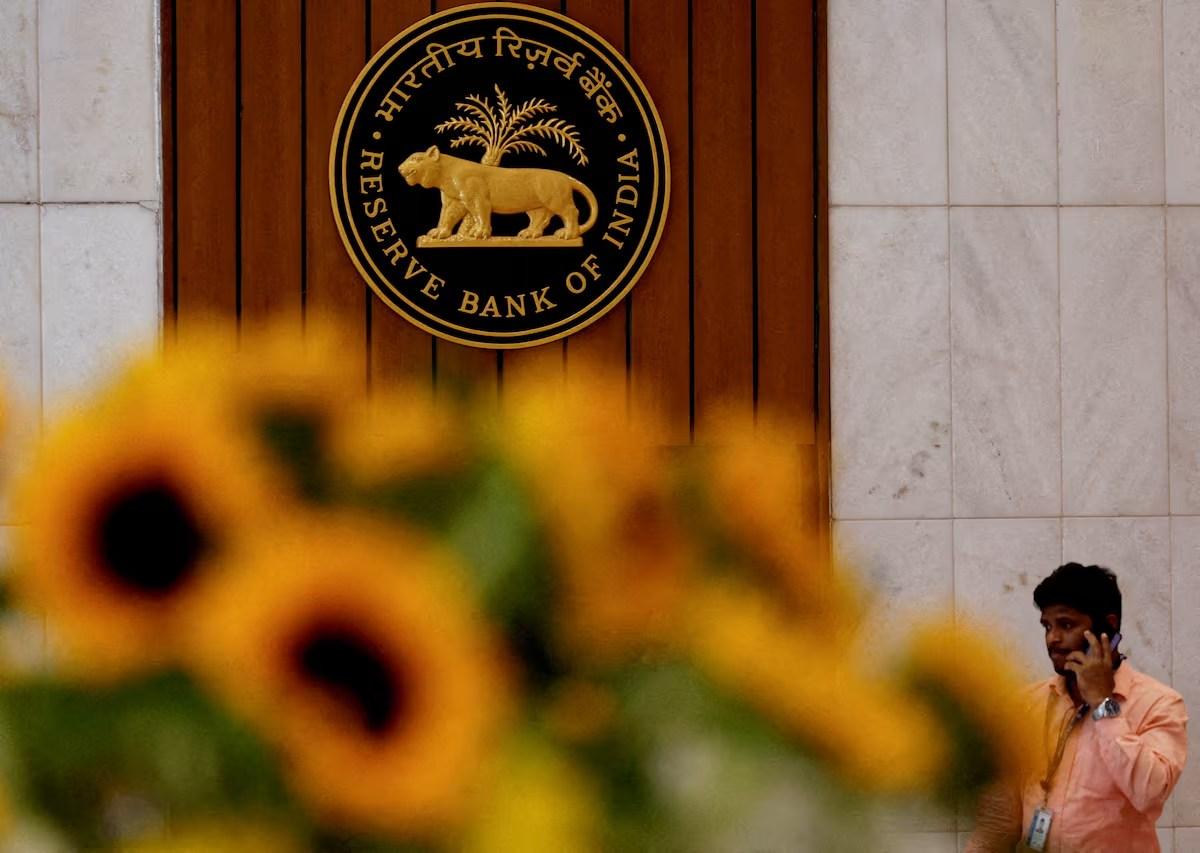There is a need for real-time or near real-time credit reporting, instead of the current fortnightly system, to improve underwriting precision, enable timely reflection of borrower actions such as loan closures or repayments, and deliver a superior consumer experience, Deputy Governor of the Reserve Bank of India (RBI), M Rajeshwar Rao said on Wednesday.

Photograph: Francis Mascarenhas/Reuters
“Currently, credit data is refreshed on a fortnightly basis. We must aspire to more frequent updates.
“Real-time or near-real-time credit reporting will improve underwriting precision, enable timely reflection of borrower actions like loan closures or repayments and deliver a superior consumer experience,” Rao said in a keynote address delivered at TransUnion CIBIL’s Credit Conference on July 1.
According to Rao, the shift from fortnightly credit reporting to real time credit reporting requires investments in technology, process reengineering, and change management.
“But the rewards, transparency, efficiency, and trust, far outweigh the costs”, he said.
There are four credit information companies (CICs) operating in the country, CIBIL, Equifax, Experian, and CRIF High Mark.
CICs are independent third-party institutions that collect and compile financial data on individuals, including loan details, credit card history, and other credit-related information.
This data is then shared with their members, which typically include banks and non-banking financial companies (NBFCs).
Lenders use this information to make informed decisions on loan approvals.
Rao highlighted that since data quality is the bedrock of responsible lending, RBI has prescribed that credit information companies (CICs) have to provide a data quality index score to the credit institutions (CIs) on a monthly basis to facilitate improvement in the quality of data submitted by CIs.
Rao also underscored that “identity standardisation” is a key challenge as CICs rely on CIs to provide accurate and validated IDs.
“We must move towards a unique borrower identifier, which is secure, verifiable, and consistent across the system,” he said.
Meanwhile, Rao pointed out that while CICs play an important role in reducing the information asymmetry thereby facilitating better credit decisions, digitalisation of financial services and electronification of records has created a large repository of data which can be used to get better handle on economic trends, both micro and macro.
“This coupled with the growth of FinTechs and innovations in financial services, has created business opportunities to harness alternate data sets in order to gain a better understanding of financial behaviour and credit worthiness of individuals and entities.
“These insights can give a richer perspective than conventional analysis and provide an impetus to the measures taken to foster greater financial inclusion,” he said.
Additionally, Rao said CICs have a very important role to play in facilitating credit to the MSME sector.
“When commercial credit reporting is efficient, creditors need to rely less on relationship lending and soft information, and more on facts and fact-based analyses based on credit reports and other credit reporting products,” he said.
Speaking on Unified Lending Interface (ULI), latest addition in the Digital Public Infrastructure to simplify and democratise credit access, Rao said one of ULI’s standout features is its ability to tap into alternative digital data, enabling access to credit even for those without formal financial histories.
“Going forward, the potential for ULI to also harness data from ecommerce platforms and gig economy apps could open new doors for credit inclusion for small sellers, delivery workers, and freelancers,” he further said.
Rao also highlighted that the increase in India’s household debt as a percentage of GDP — 43 per cent in 2024 — has been fuelled more by an expansion in the number of borrowers rather than just through an increase in average indebtedness.
The use of complex artificial intelligence and machine learning models introduces concerns around model risk, especially when these models are not thoroughly tested, validated, or monitored for biases and performance drifts, Rao highlighted, adding that rigorous validation protocols, continuous monitoring, and robust governance frameworks are essential to ensure that these models remain fair, transparent, and aligned with regulatory and ethical standards.
Core values of integrity, transparency, and commitment to public service should drive innovation, he said.
Microfinance will be one of the biggest beneficiaries of the adoption of AI and ML, he added.
Rao also pitched for tokenisation, which involves generating and recording a digital representation of financial or real assets on a programmable platform, on the credit delivery front.
“It could favour small and medium enterprises’ (SMEs’) access to credit by narrowing the information gap.
“Further, SMEs could improve their collateral offering by tokenising real assets or trade receivables, thus improving their standing in the credit markets,” he said.




